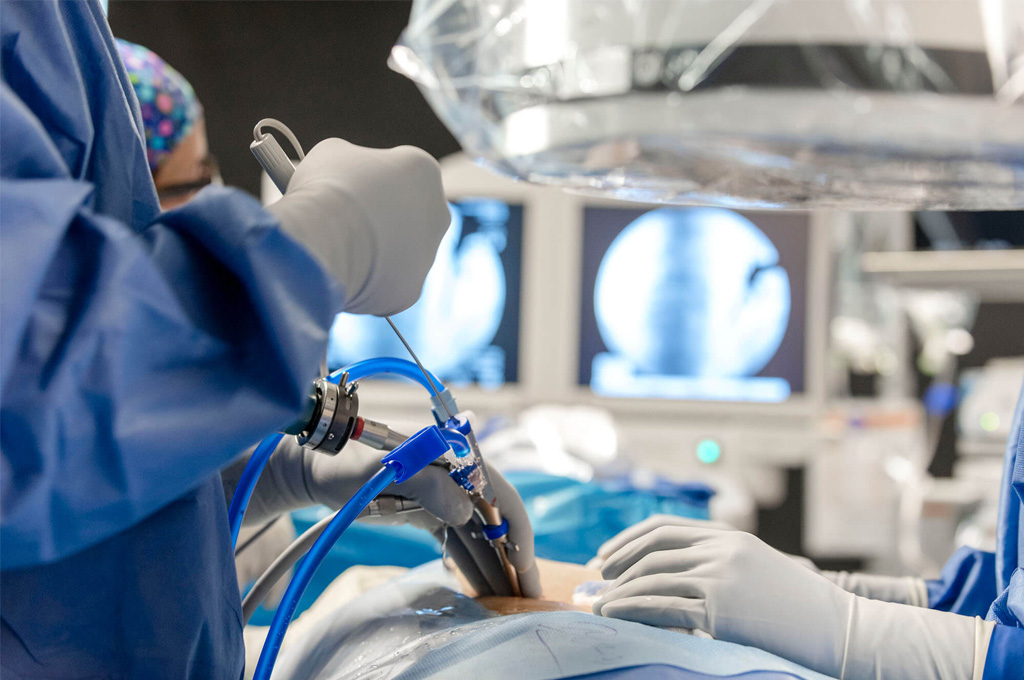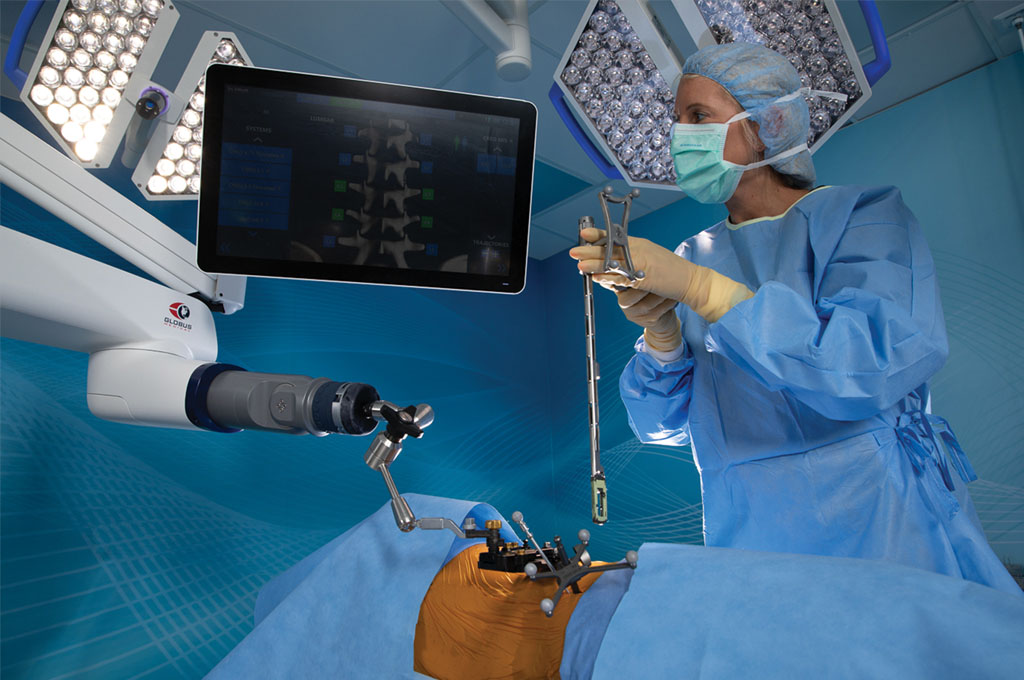
Head and Neck Cancers include a broad group of tumors affecting:
These cancers are common in men and are the second most frequent cancer in women after cervical cancer. Importantly, they are curable when detected early.
If you notice any of the following, consult a specialist promptly:
You may be at higher risk if you:
I follow a stepwise diagnostic approach:
Every case is reviewed by a comprehensive cancer team including:
This ensures a tailored, organ-preserving, and function-focused treatment plan.
If you notice any of the following, consult a specialist promptly:
You may be at higher risk if you:
I follow a stepwise diagnostic approach:
Every case is reviewed by a comprehensive cancer team including:
This ensures a tailored, organ-preserving, and function-focused treatment plan.
Surgery is the primary treatment. Options include:
Post‑surgery treatment may include radiotherapy or chemoradiotherapy depending on pathology.
Organ preservation is the goal.



Timely evaluation makes all the difference. With advanced diagnostics, organ-preserving therapies, and modern surgical techniques, you can fight cancer while preserving your function and confidence..
Surgical Oncologist | Head & Neck Cancer Specialist
Expert in Robotic & Endoscopic Neck Surgery
Consult today for expert evaluation, second opinion, or comprehensive care.
Contact
